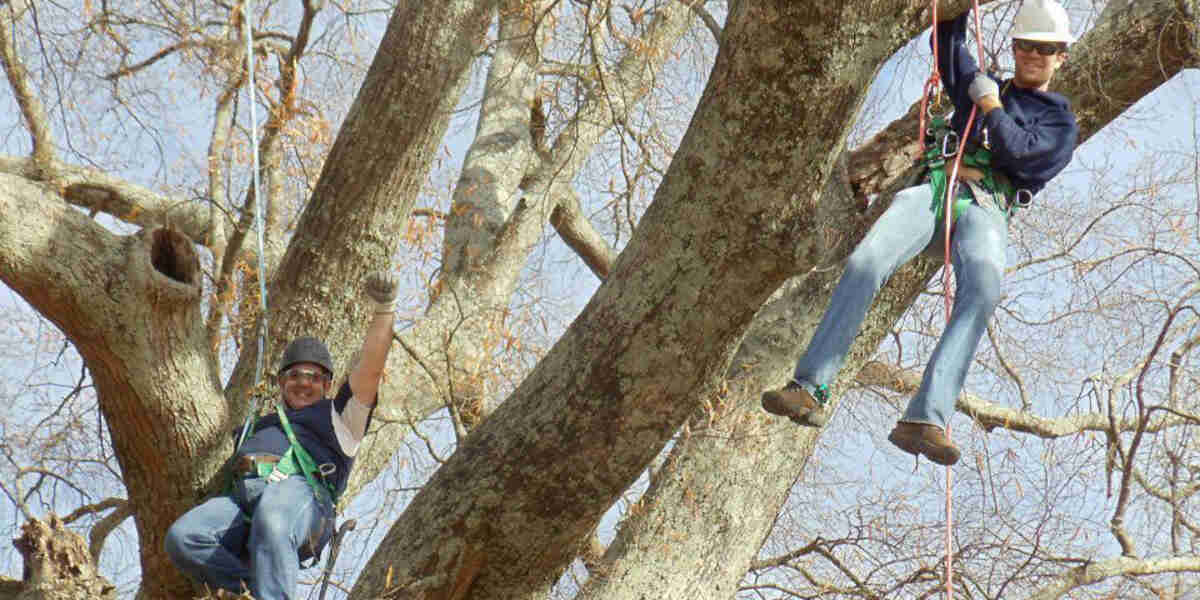Can cutting branches kill a tree? Pruning is usually a beneficial activity for plants, but it has the potential to become destructive when done poorly.
As the go-to source of reliable tree trimming in Littleton, we at Tree Keepers LLC know a thing or two about the process. Read on as we break down the essential details that can help safeguard the health of your landscape.

What’s Pruning, and Why Should You Do It?
Too many people think of pruning as a simple activity; just randomly chop away, and you’re done, right? This couldn’t be farther from the truth! It’s a highly technical and delicate practice that involves strategically removing branches from the canopy.
Many people include it in their landscaping routine because it brings a wealth of advantages, such as:
- Encouraging growth
- Preventing diseased or dead branches from affecting the rest of the plant
- Creating a desired shape and structure for ornamental plants
- Promoting flowering and fruiting
- Improving canopy airflow to discourage infestations and infections
The Intricacies of Pruning
Over-pruning is one of the most common mistakes made by rookie gardeners. It’s important to remember that it’s a process of subtraction, not addition; excessive branch collar loss reduces the tree’s ability to absorb water and nutrients, weakens support for its weighty top growth, and opens up wounds for pests and disease to enter, which may eventually kill the tree.
Other factors that can affect the outcome of the pruning process include:
- Plant condition: Trees dormant due to drought or those with a weakened constitution from disease might not withstand the shock of pruning. You should also wait for your young specimens to form established root systems before attending to their branches.
- Time of year: Different species have different pruning windows. When performed at the wrong time, it can disrupt its natural growth patterns and put stress on an already fragile tree.
- Tools: Dulled shears and blades will tear the bark, leaving an entryway for disease and pests.
Some Situations Call for Heavy Trimming
Can cutting branches kill a tree? Yes, but some rare cases may benefit from a technique called pollarding.
It’s a type of pruning that involves the removal of all branches of a tree down to a certain level, usually at least two to three feet away from the trunk. This drastic treatment benefits species like crepe myrtle to greatly boost their flower output.
A tree might also grow too large for its designated space, potentially damaging nearby electrical lines and your property.
Let a Certified Arborist Do the Heavy Lifting
Instead of attempting to execute a risky pruning endeavor by yourself, why not leave it to Tree Keepers LLC? Our veteran crew can help you assess whether your tree needs trimming, conduct the procedure safely, and even share some proper pruning tips that you can use for your future landscaping projects.
We hope we’ve answered your question, “Can cutting branches kill a tree?” If it’s tree trimming season and you need some help, call Tree Keepers LLC at (720) 534-2872.
